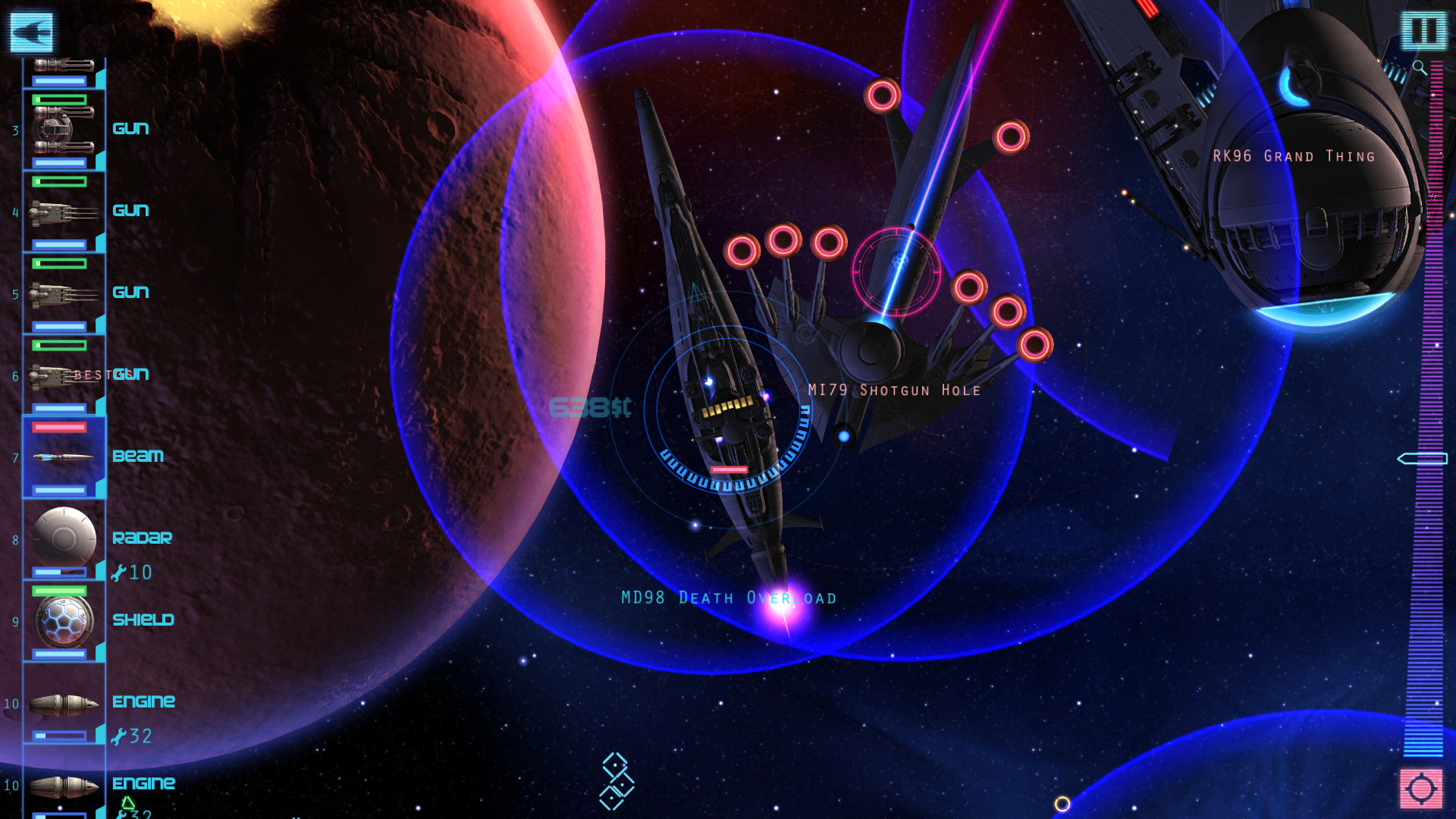Ex-id Software Vet: Game Optimization is an Art, Not Just Tech

In an era defined by skyrocketing system requirements and a growing list of demanding PC ports, a voice from a veteran of the highly-optimized worlds of id Software offers a compelling perspective: good performance is as much about smart art direction as it is about raw code. According to Emanuel Palalic, a former artist at id Software and now the game director of the upcoming cyberpunk FPS *Defect*, the key to creating games that look great and run well lies in artistic choices, not just technological brute force.
During a recent discussion about *Defect*, Palalic, joined by legendary composer Mick Gordon, explained that the industry’s current performance woes can’t solely be blamed on programming. He posits that optimization is "as much of an art problem" as a technical one, a philosophy that challenges the modern trend of pushing graphical technology at the expense of accessibility and performance.
The Art of Efficient Design
The core of Palalic's argument is that lasting visual appeal and smooth frame rates are born from deliberate, intelligent artistic decisions made throughout the development process. This approach stands in contrast to the brute-force method of simply increasing polygon counts, texture resolutions, and demanding post-processing effects, which often leads to bloated file sizes and hardware-punishing performance.
Instead, Palalic champions a philosophy where the art team is fundamentally involved in optimization. This includes:
- Clever Asset Creation: Designing models, environments, and effects that create maximum visual impact with minimal performance cost.
- Focused Level Design: Building spaces that are visually dense and atmospheric without overwhelming the game engine.
- Strategic Detail: Understanding where to add high levels of detail that the player will notice and where to use more efficient techniques without sacrificing the overall aesthetic.
By integrating performance-conscious decisions into the artistic pipeline from day one, developers can achieve a stunning final product that runs well on a wider range of hardware. This philosophy harkens back to an earlier era of game development, where hardware limitations forced artists and programmers to innovate with clever tricks and masterful design to create timeless visuals.
Lessons from the Classics: Killzone 2 and F.E.A.R.
To illustrate his point, Palalic pointed to two classic first-person shooters that have aged with remarkable grace: *Killzone 2* and *F.E.A.R.* "Killzone 2 looks incredible today. FEAR looks incredible today," he noted, emphasizing that their enduring quality isn't just about their technical foundations but their cohesive and powerful art direction.
- F.E.A.R. (2005): Celebrated for its revolutionary AI and intense combat, *F.E.A.R.* also set a new standard for atmospheric horror. Its masterful use of dynamic lighting, volumetric smoke, and explosive particle effects created a palpable sense of tension and chaos. The game’s visual identity was so strong and applied with such precision that it remains impactful nearly two decades later.
- Killzone 2 (2009): A technical showcase for the PlayStation 3, *Killzone 2* was lauded for its gritty, industrial aesthetic and groundbreaking visual fidelity. Its deferred rendering lighting model allowed for countless dynamic lights, and its heavy use of particle effects and detailed textures created a tangible, war-torn atmosphere. The game's artists built a world that felt oppressive and real, an achievement of artistic vision as much as technical prowess.
These games, Palalic suggests, prove that a focused artistic vision can create a more lasting impression than simply chasing the latest graphical trend. They achieved a timeless look because every visual element served a unified artistic purpose, a lesson that seems to be at the heart of his new project.
Defect's Approach: Smart Design Over Brute Force
This philosophy is being put directly into practice with *Defect*, the upcoming cyberpunk FPS from Palalic’s team. The game’s visuals promise the dense, neon-drenched detail expected of the genre, yet the development team is making deliberate choices to ensure it remains accessible. The title boasts surprisingly lenient system specifications, with a GeForce RTX 2060 listed as the minimum requirement.
Perhaps most notably, *Defect* is avoiding the trend of mandatory ray tracing, a feature that has become a barrier to entry for players on older or mid-range hardware in some recent releases. This decision signals a commitment to prioritizing a smooth, stable experience for a broader audience. It’s a tangible application of the "art over brute force" ethos, focusing on delivering a stylized, high-fidelity world that doesn't require the absolute latest hardware to be enjoyed as intended. With Mick Gordon, known for the exceptionally optimized and sonically intense *DOOM* (2016), handling the music, it's clear the entire team is aligned on creating a polished, high-performance experience.
As gamers continue to grapple with demanding new releases, Palalic's perspective serves as a crucial reminder that the path to beautiful, playable games is paved with more than just cutting-edge technology. It requires artistry, intention, and a deep-seated respect for the player's experience.
Frequently Asked Questions
What is the game Defect?
*Defect* is an upcoming first-person shooter set in a cyberpunk universe. It is the debut title from a new studio led by Game Director Emanuel Palalic and features a soundtrack by acclaimed composer Mick Gordon.
Who is Emanuel Palalic?
Emanuel Palalic is a veteran game developer and artist, best known for his work at id Software on critically acclaimed titles like *DOOM* (2016) and *DOOM Eternal*. He is now the Game Director for the upcoming FPS, *Defect*.
What are the system requirements for Defect?
While full specifications have not been released, it was revealed that the minimum GPU requirement to run the game is a NVIDIA GeForce RTX 2060, suggesting a strong focus on optimization and accessibility for a range of PC hardware.